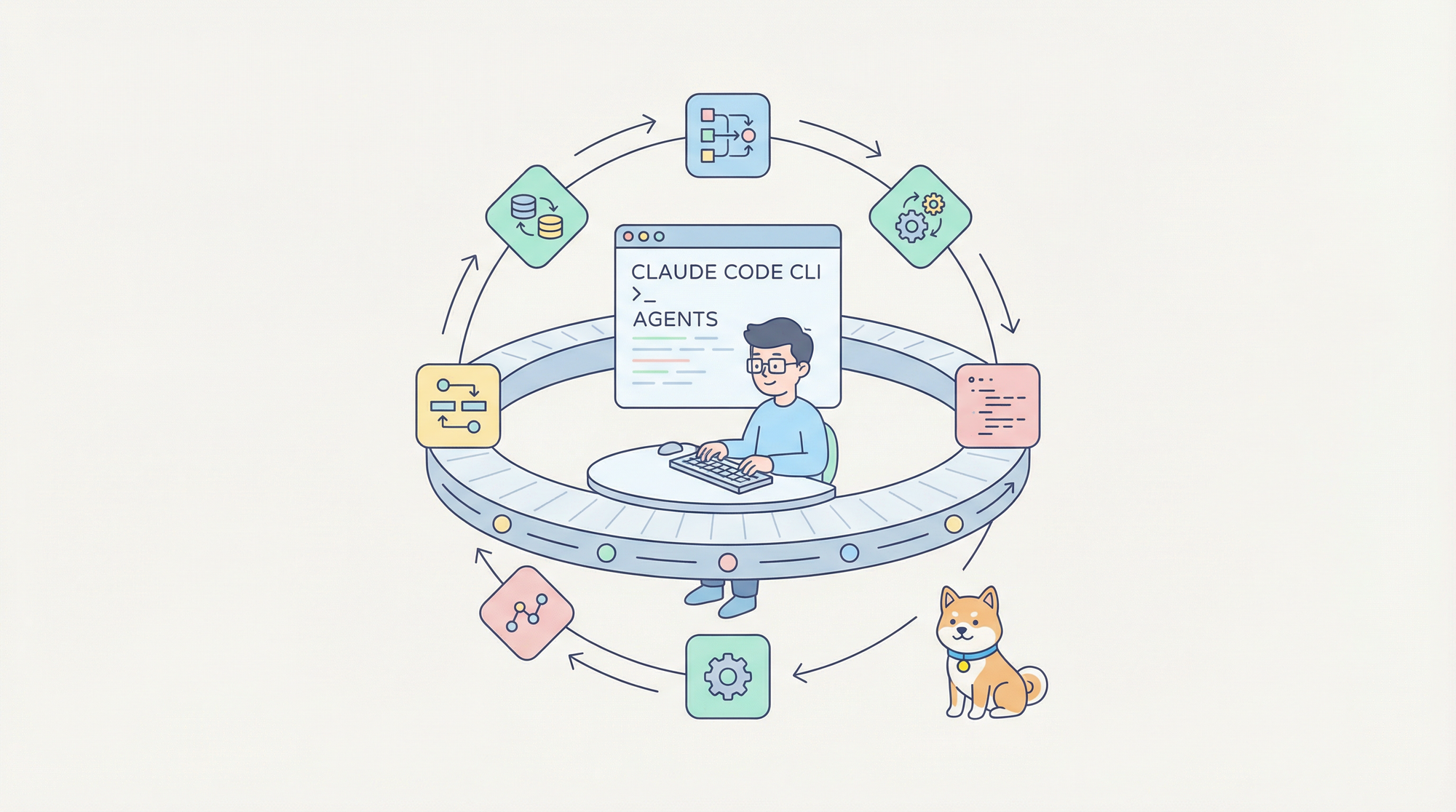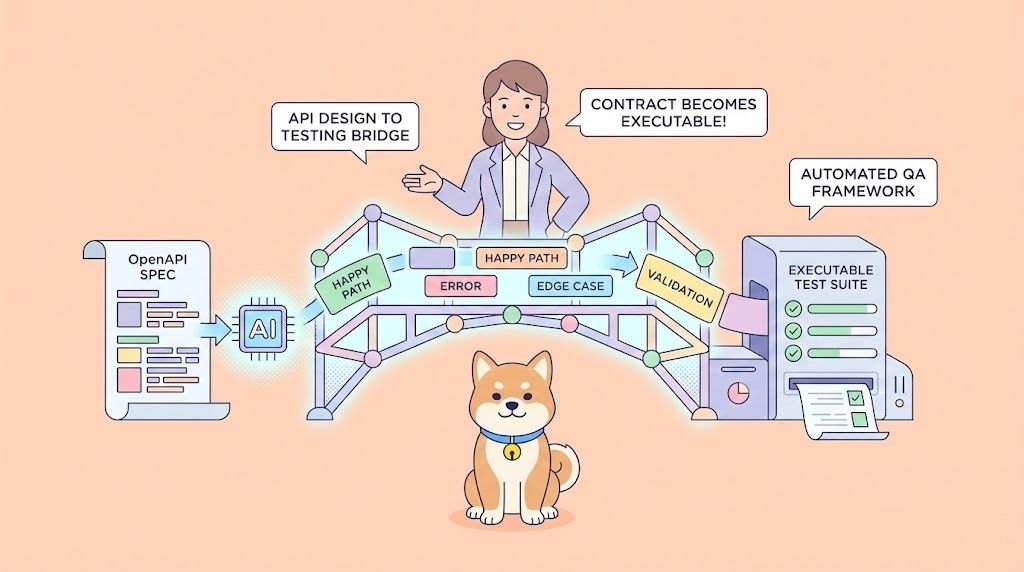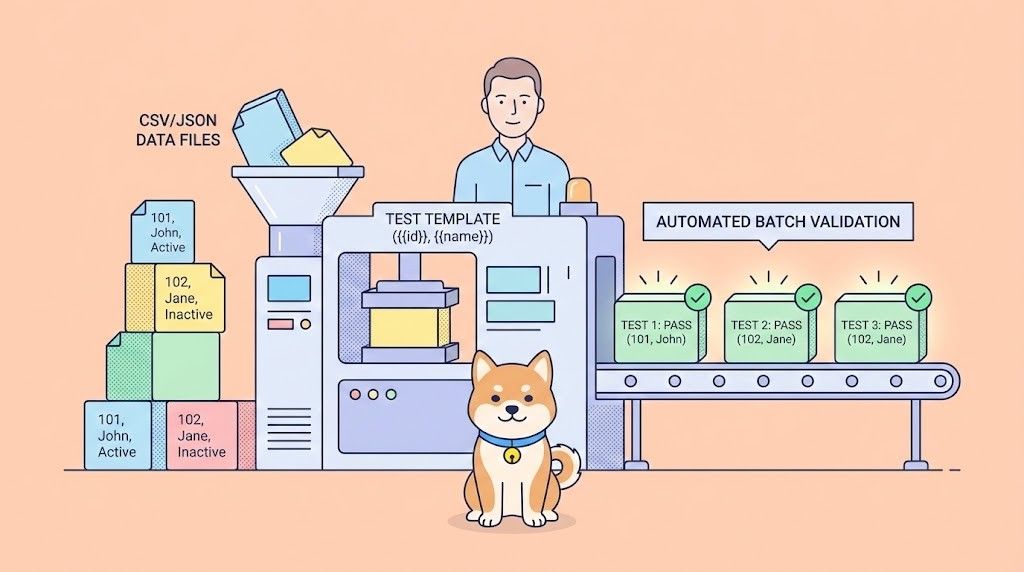Everyone was talking about the new Grok 4 release, and honestly, it deserves all the attention it's getting. However, while the tech world fixated on that major announcement, Mistral AI quietly dropped an update that could fundamentally change how we think about open-source coding agents. Their latest Devstral Small and Medium 2507 models bring something refreshing to the table – improved performance paired with cost efficiency that makes enterprise-grade coding assistance accessible to everyone.
Understanding the Devstral Revolution
The Devstral models represent a significant shift in how we approach AI-powered software development. Unlike general-purpose language models that try to excel at everything, these specialized models focus exclusively on coding tasks. This targeted approach allows them to deliver superior performance in software engineering scenarios while maintaining the cost efficiency that makes them practical for real-world applications.
The 2507 update brings substantial improvements over previous iterations. The models now offer enhanced performance metrics while maintaining the same competitive pricing structure that made the original Devstral models attractive to developers and organizations alike.
Technical Specifications That Matter
Model Architecture and Performance
The Devstral Small 2507 operates as a 24-billion parameter model specifically designed for coding agents. This architecture strikes an optimal balance between computational efficiency and coding capability. The model can run effectively on a single RTX 4090 or a Mac with 32GB RAM, making it accessible for local deployment scenarios.

Additionally, the Devstral Medium 2507 provides enhanced capabilities for more complex coding tasks. Both models utilize advanced training techniques that focus on software engineering workflows, code generation, debugging, and architectural decision-making.

Benchmark Performance
The performance improvements in the 2507 update are substantial. Devstral Small 1.1 has improved performance, achieving a score of 53.6% performance on SWE-bench verified, making it (July 10, 2025) the #1 open model on the benchmark. This benchmark performance demonstrates the model's capability to handle real-world software engineering challenges effectively.
Moreover, the models excel at complex coding tasks including code completion, bug detection, refactoring suggestions, and architectural recommendations. These capabilities make them particularly valuable for software engineering teams working on large-scale projects.
Cost Efficiency That Changes Everything
Pricing Structure
The pricing model for Devstral models remains competitive and accessible. devstral-small-2507 at the same price as Mistral Small 3.1: $0.1/M input tokens and $0.3/M output tokens. devstral-medium-2507 at the same price as Mistral Medium 3: $0.4/M input tokens and $2/M output tokens. This pricing structure makes advanced coding assistance affordable for individual developers and small teams.
Consequently, organizations can now deploy sophisticated coding agents without the prohibitive costs typically associated with enterprise AI solutions. The cost efficiency extends beyond just the API pricing – the models' ability to run locally reduces ongoing cloud computing expenses.
Long-term Value Proposition
The economic advantages of Devstral models extend beyond initial implementation costs. Their efficiency in generating accurate code reduces development time, minimizes debugging cycles, and improves overall code quality. These factors contribute to significant cost savings over time, making the investment in Devstral models highly attractive from a business perspective.
Real-World Applications and Use Cases
Enterprise Software Development
Large organizations are finding Devstral models particularly valuable for enterprise software development projects. The models excel at understanding complex codebases, suggesting architectural improvements, and maintaining consistency across large development teams. Their ability to work with multiple programming languages and frameworks makes them versatile tools for diverse development environments.
Similarly, the models' understanding of software engineering best practices helps organizations maintain code quality standards while accelerating development cycles. This combination of quality and speed proves especially valuable in competitive markets where time-to-market matters.
Startup and Individual Developer Scenarios
For smaller organizations and individual developers, Devstral models offer enterprise-grade capabilities without enterprise-grade costs. The models' local deployment options mean developers can maintain full control over their code while benefiting from advanced AI assistance.
Therefore, startups can leverage these models to compete with larger organizations by improving their development efficiency. The models help level the playing field by providing access to sophisticated coding assistance that was previously available only to well-funded enterprises.
Integration with Development Workflows
API Integration and Apidog Compatibility
The Devstral models integrate seamlessly with existing development workflows through well-documented APIs. Tools like Apidog facilitate this integration by providing user-friendly interfaces for testing and implementing these models in development pipelines. This integration capability ensures that teams can adopt Devstral models without disrupting their existing processes.

Furthermore, the models support various integration patterns including direct API calls, webhook implementations, and batch processing scenarios. This flexibility allows organizations to choose the integration approach that best fits their specific requirements and technical constraints.
Development Environment Integration
Modern development environments increasingly support AI-powered coding assistance. Devstral models work effectively with popular IDEs, code editors, and development platforms. This integration enables developers to access model capabilities directly within their familiar working environments.
Additionally, the models support various programming languages and frameworks, making them valuable additions to polyglot development teams. Their understanding of language-specific idioms and best practices helps maintain code quality across different technology stacks.
Competitive Landscape Analysis
Comparison with Closed-Source Alternatives
When compared to closed-source coding models, Devstral models offer several distinct advantages. The open-source nature provides transparency, customization options, and freedom from vendor lock-in. Organizations can modify, fine-tune, and deploy these models according to their specific needs without depending on external service providers.
Moreover, the performance metrics of Devstral models compete favorably with proprietary alternatives while offering superior cost efficiency. This combination makes them attractive options for organizations seeking high-quality coding assistance without the limitations of closed-source solutions.
Position in the Open Source Ecosystem
Within the open-source AI ecosystem, Devstral models occupy a unique position as specialized coding agents. While other open-source models focus on general language capabilities, Devstral models excel specifically in software engineering tasks. This specialization gives them significant advantages in coding scenarios.
Consequently, the models have gained traction among developers who prioritize both performance and openness. The active community around Devstral models contributes to their continued improvement and provides valuable support for new users.
Technical Implementation Considerations
Deployment Options
Devstral models offer multiple deployment options to accommodate different organizational needs. Devstral is light enough to run on a single RTX 4090 or a Mac with 32GB RAM, making it an ideal choice for local deployment and on-device use. This flexibility allows organizations to choose between cloud-based and on-premises deployment based on their security, performance, and cost requirements.
Furthermore, the models support various serving frameworks and can be deployed using container technologies for scalable production environments. This deployment flexibility ensures that organizations can implement Devstral models in ways that align with their existing infrastructure and operational practices.
Performance Optimization
Optimizing Devstral model performance requires understanding the specific characteristics of coding tasks. The models perform best when provided with clear context about the coding environment, project requirements, and existing codebase structure. This contextual information helps them generate more accurate and relevant suggestions.
Additionally, fine-tuning options allow organizations to customize model behavior for their specific use cases. We also support custom finetuning for Devstral Medium, allowing enterprises to customize the model for specific use cases, and achieve optimal performance tailored to their specific requirements. This customization capability ensures that the models align with organizational coding standards and practices.
Future Implications and Roadmap
Evolution of Coding Agents
The success of Devstral models indicates a broader trend toward specialized AI models for specific domains. This specialization approach often yields better results than general-purpose models while maintaining efficiency and cost-effectiveness. The trend suggests that future AI development will likely focus on creating highly specialized models for specific use cases.
Therefore, organizations should consider how specialized AI models like Devstral fit into their long-term technology strategies. The models represent a significant step toward more practical and accessible AI-powered development tools.
Community and Ecosystem Development
The open-source nature of Devstral models has fostered a growing community of developers, researchers, and organizations. This community contributes to model improvements, develops integration tools, and shares best practices. The collaborative approach accelerates innovation and ensures that the models continue evolving to meet user needs.
Moreover, the ecosystem around Devstral models continues expanding with new tools, integrations, and use cases. This growth creates additional value for users and strengthens the overall platform.
Getting Started with Devstral Models
Initial Setup and Configuration
Setting up Devstral models requires careful consideration of hardware requirements, software dependencies, and integration needs. The process typically involves downloading the model weights, configuring the serving environment, and establishing API connections. Organizations should plan their implementation approach based on their specific requirements and technical constraints.

Additionally, testing and validation procedures help ensure that the models perform as expected in production environments. This testing phase allows organizations to identify potential issues and optimize their configurations before full deployment.
Best Practices for Implementation
Successful Devstral implementation requires following established best practices for AI model deployment. These practices include proper monitoring, logging, error handling, and performance optimization. Organizations should also establish clear guidelines for model usage to ensure consistent and effective utilization.
Furthermore, ongoing maintenance and updates help ensure that Devstral models continue delivering value over time. This maintenance includes monitoring model performance, updating configurations, and incorporating new features as they become available.
Conclusion
The Devstral Small and Medium 2507 models represent a significant advancement in open-source coding agents. Their combination of improved performance, cost efficiency, and deployment flexibility makes them compelling options for organizations seeking advanced coding assistance without the limitations of proprietary solutions.
The models' success demonstrates the viability of specialized AI models for specific domains. As the technology continues evolving, we can expect to see more specialized models that deliver superior performance in their target areas while maintaining the accessibility and transparency that make open-source solutions attractive.
For organizations evaluating AI-powered coding assistance, Devstral models offer a practical balance of capability, cost, and control. Their proven performance in real-world scenarios, combined with their open-source nature, makes them valuable additions to modern development toolchains.




